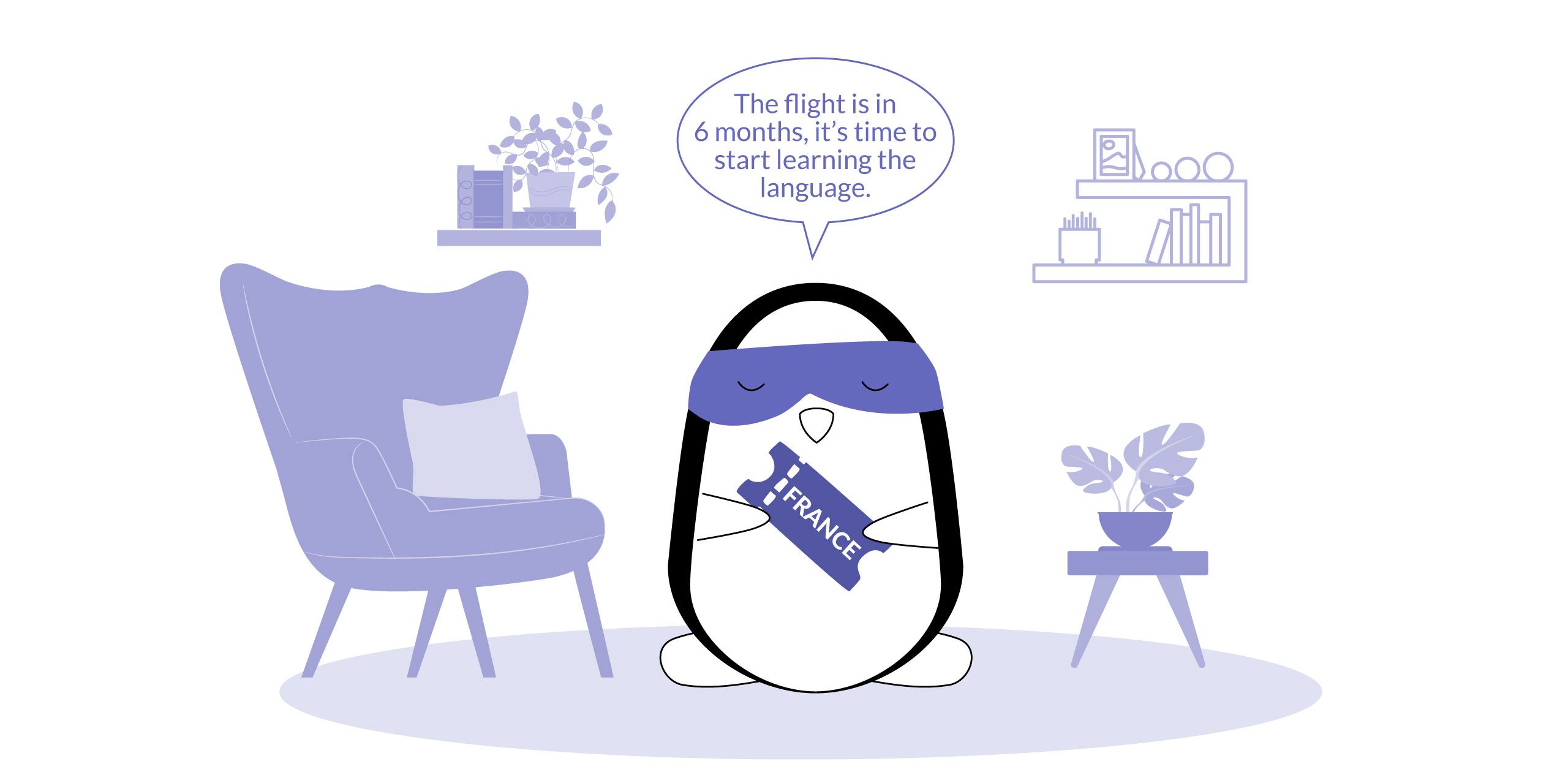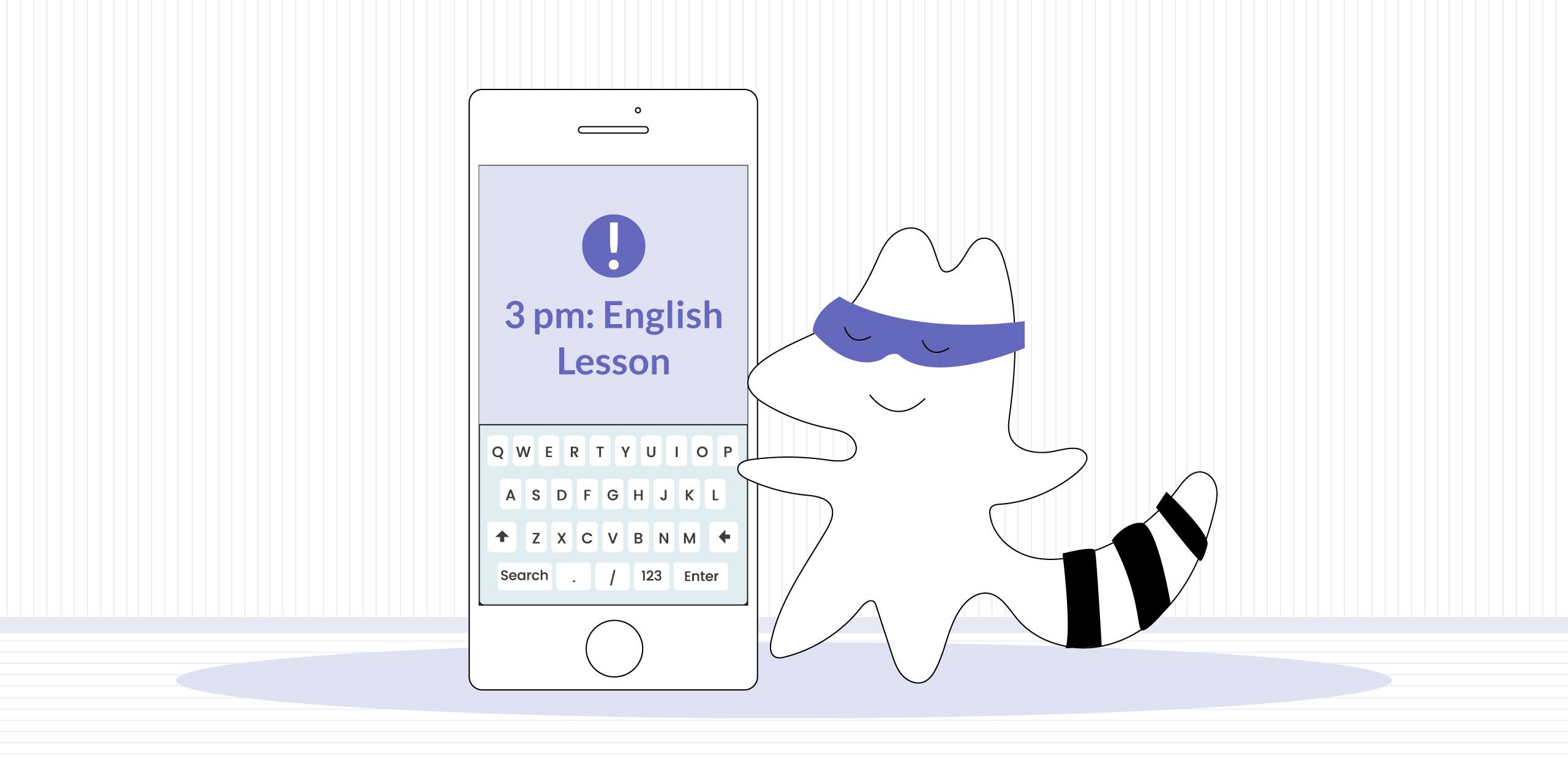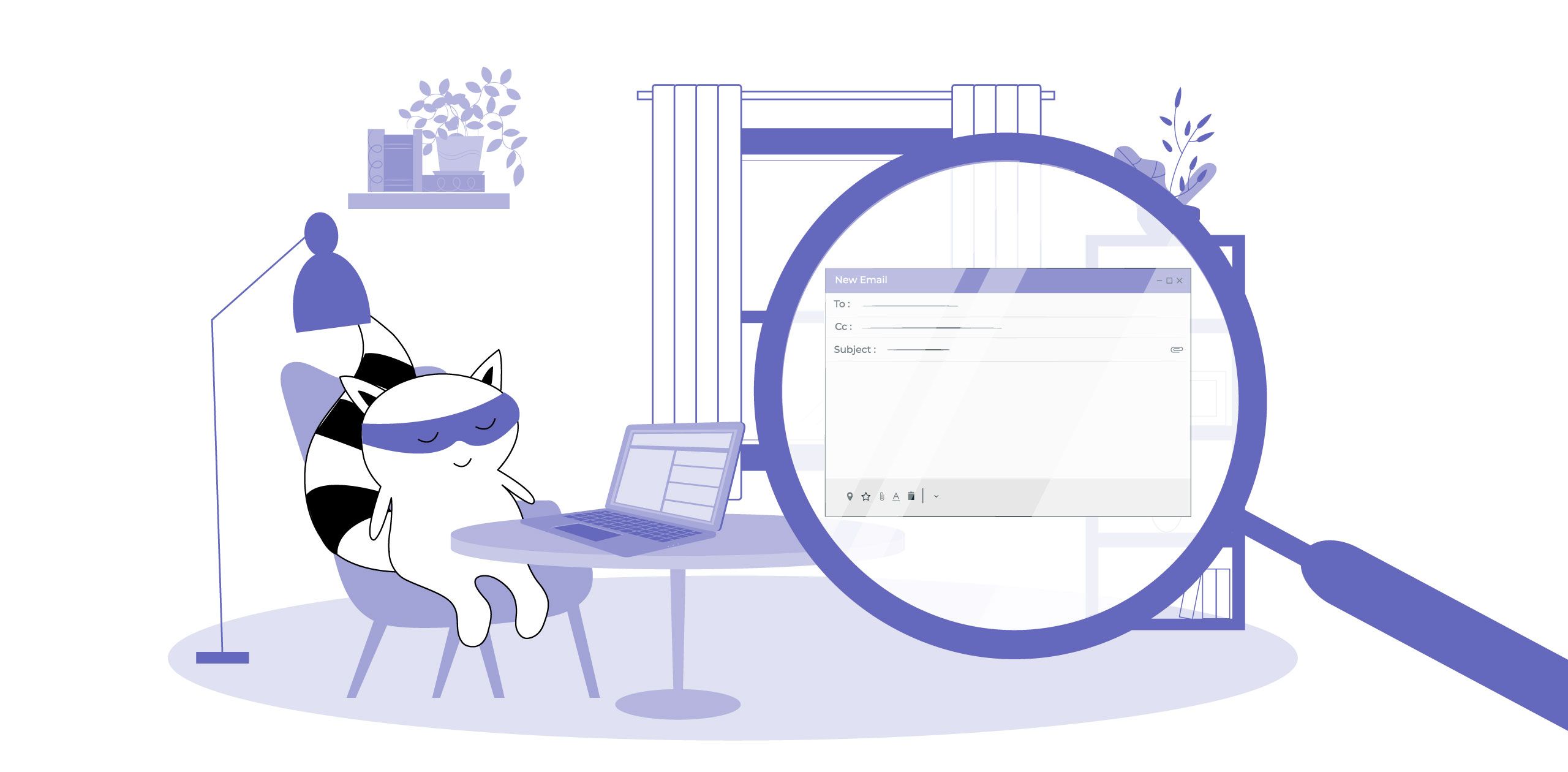
We can all agree that emails are one of the most convenient and widely used forms of communication today. They are fast and efficient, but only when done right.
If you need to write formal emails often, it's easy to get overwhelmed, especially for non-native speakers, trying to stay polite, choose an appropriate greeting, and not convey your initial message the wrong way. It’s hard to accomplish this all at the same time.
Of course, you can use email templates available online when you need to write one. However, getting a clear understanding of an appropriate email structure - the one thing that differentiates a business email from a casual one - will allow you to be sure that every future email you'll write will be appropriate and help you impress even native English speakers.
So without further ado, let's learn how to write emails in English. Let's go over every section you should include in your email, along with the markers that will help you make it sound formal - or casual if that's what you’re going for. Read on - and become a pro in email writing.
Stick to Email Structure
Subject Line
Usually, the subject of an email is located immediately below the recipient's email address. When writing an email, you should not ignore this part because the subject is the first part of the information that the recipient will see.
It is crucial to include a subject line in business correspondence because it tells the recipient the main reason for your letter and may also affect whether it will be read or not. Most people, after opening their mailbox, quickly scan the subject lines to prioritize emails - or delete the ones they find unnecessary.
A well-composed subject line should be short but specific enough to reflect the main idea of the following conversation. Most preferably, it should contain a keyword that will help the recipient to remember the subject and then easily find it among other business emails when needed.
Here are a few examples of how a subject line should look in a formal letter:
- Meeting 9 am on Tuesday, the 25th of July - When you want to notify your colleagues about an upcoming meeting and share more details regarding its agenda.
- CV for [Job Title] - It is essential to ensure it is easy for potential employers to find your email when applying for a new job. You should also include your full name and ID if applicable.
- Follow Up: Job Interview / Event / Presentation - When you want to share your thoughts or further information regarding a recent meeting, event, presentation, etc.
In an informal email, for example, in a casual letter to a close friend, you should also specify the text's main idea but you can do so less formally.
Salutation
Salutation is the first line of a formal email that addresses the person you're writing to and serves as a greeting. The salutation you will use will vary depending on how well you know the person you're addressing. In business correspondence, it is preferable to use:
- Dear Mr. Smith, - This can be used when you address a particular man.
- Dear Ms. Smith, - As a rule of thumb, do not use Miss or Mrs to address women, since it is not always known whether she is married or not.
- Dear Sir or Madam, - Used if you know neither the name nor the job title of the person you are addressing. These kinds of salutation might not be the best choice, considering how easily you can check a person's full name and correct job title online. However, if you cannot find more information about the recipient and haven't met them, these salutations are perfectly acceptable and allow you to avoid inconvenience caused by misgendering someone.
- To whom it may concern: - A perfectly acceptable phrase if you don't know who can answer your letter at all - for example, when writing an email to a company's corporate email instead of addressing it to an actual human being.
- Dear [Job Title], - This can be used as an alternative to "To Whom It May Concern" if you know the title of the person you hope to contact.
- Dear partners, / Dear managers, / Dear colleagues, etc. - Used when referring to a group of people.
- Hi Nick, / Hello Nick, - Can be a valid greeting in a business email if you are well acquainted with the recipient and are on friendly terms. It is also useful for addressing colleagues you email frequently.
Specifying a formal email might require more effort, but it can increase your chances to stand out from the crowd, which is especially important when sending out your resume.
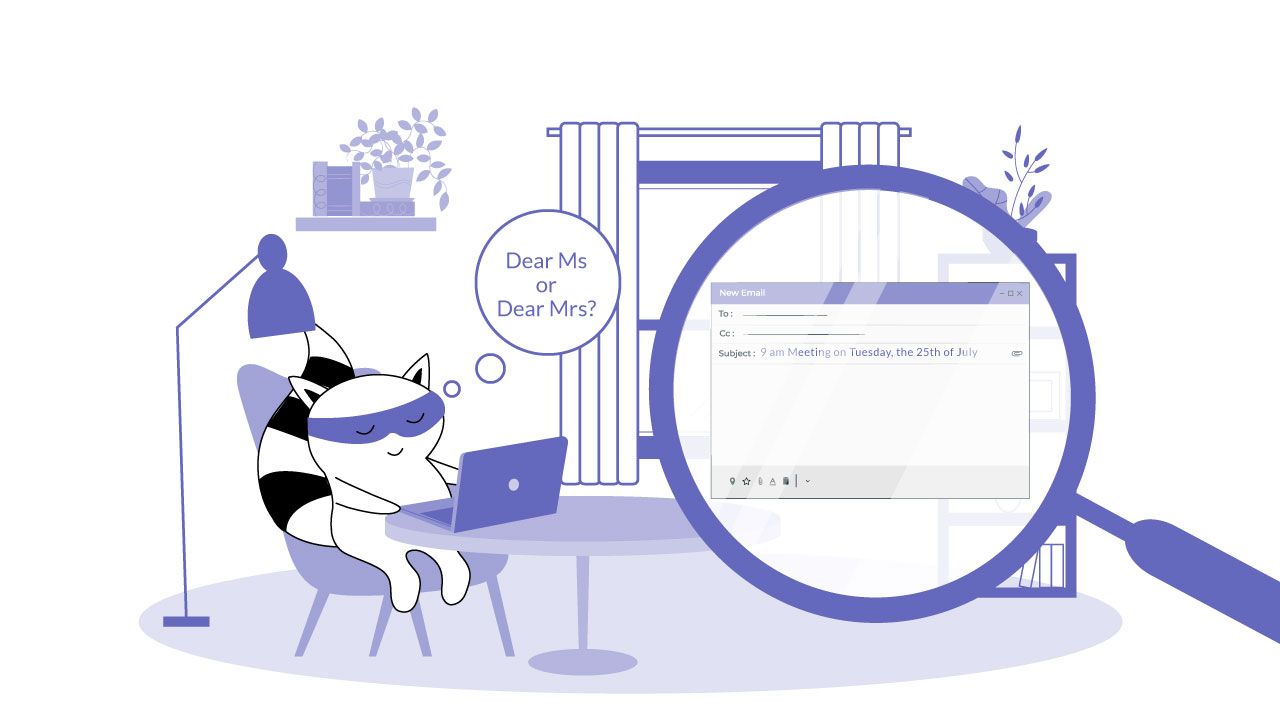
When it comes to punctuating the salutation in business letters or professional emails, there may be a comma or colon after the request, with the colon mainly being used in strictly formal emails. This way, both of the following examples are acceptable:
- Dear Sir / Madam,
- Dear Sir / Madam:
In informal email messages, the greeting can be of your personal preference.
Opening Line
The opening of a business letter requires you to introduce yourself if you're writing to someone for the first time. It is best to start with your full name, job position and briefly describe your query or refer to a shared experience you want to discuss further in the email.
Here are a few examples you can use in business emails:
- I am writing in regards to...
- I am interested in... / I would like to know...
- I am writing to enquire about...
- I am writing in reference to...
- I regret to inform you...
However, if you're replying to a received email, you can skip the salutation and instead express your thanks for the message. There are several ways to do so, for example:
- Thank you for your email regarding...
- Thank you for your prompt reply. / Thanks for getting back to me.
- Thank you for contacting our company / department / etc.
For informal correspondence, you can use something more casual, for example:
- Just a quick note to let you know...
- This is just a quick reminder...
Body
In a formal email, the first paragraph should be as concise and informative as possible. It's the email's body (the following paragraphs) where you should explain the information you have already provided. As a rule, a business letter should be brief and to the point without unnecessary details.
Keep in mind that you should highlight each semantic part of the email with a new paragraph.
On the other hand, you can write the main part of the informal email however you please. The only thing you need to consider is how close you are to the recipient. If you do not have a close relationship, it’s best not to go into details.
Attachment
Attachments are an important element of an email, especially a formal one. If you attach a document or anything else, it is necessary to inform about it in the email itself; otherwise, the recipient may not notice it altogether.
Here are a few examples you can use in business correspondence:
- Please find attached...
- I am sending you...
- We enclose...
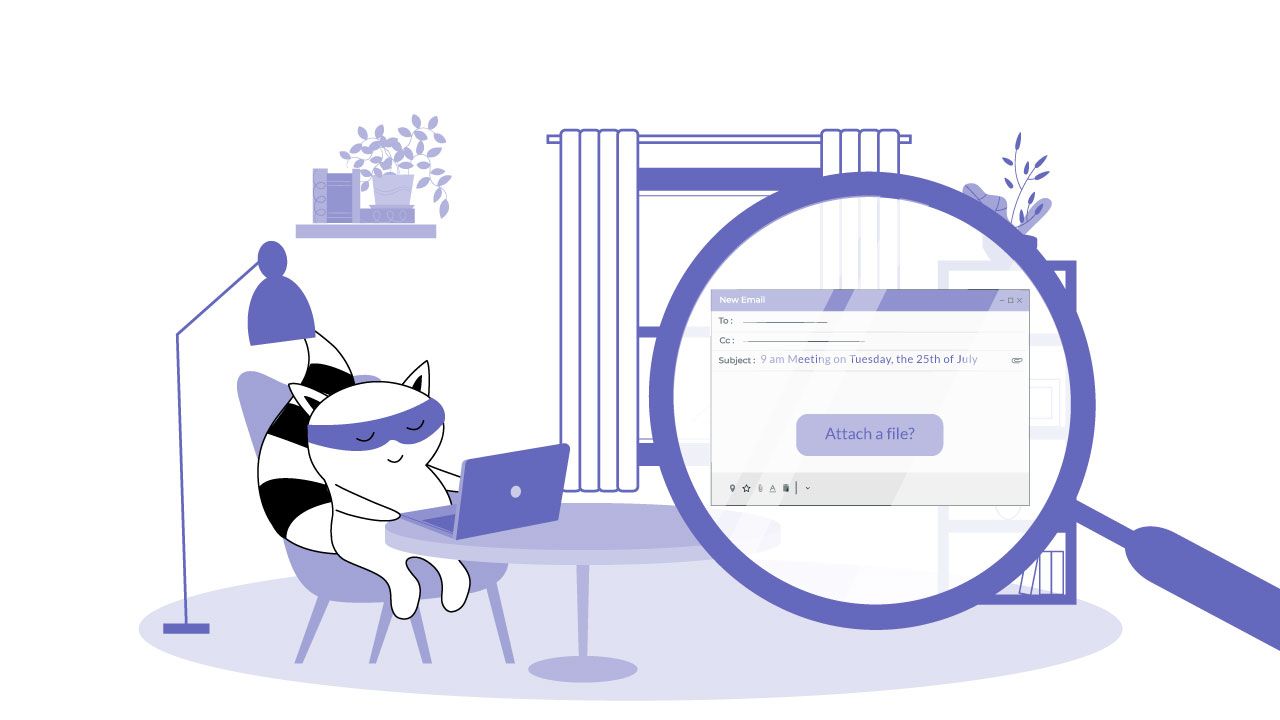
Closing
An email should also contain a closing line to set your expectations regarding the recipient's reply or further actions.
In a formal email, you can use the different types of the formal expressions:
- If you have any questions, please let me know. / Feel free to contact me if you have any questions.
- I appreciate your cooperation.
- Thank you in advance.
- I look forward to hearing from you. / I look forward to your reply.
You can also perceive the closing as an opportunity to reiterate any requests you’ve made in your email's body. This way, you can adjust it and specify the details you've already mentioned. For example, "I look forward to hearing your thoughts / further information on the project at Wednesday's meeting."
Signature
In a signature section of a professional email, you need to identify yourself by full name (first name + last name), title, and additional means of communication the other person can use to contact you.
One of the most common but safe ways to write an email signature is to use the word "Sincerely." However, you can also sign off using one of the following alternatives in business letters:
- Kind regards, / Best regards,
- Thanks in advance,
- With many thanks,
For casual letters:
- Best wishes,
- See you soon,
- Write back soon,
- Hope to hear from you soon,
Follow Further Recommendations
- Don't forget about formatting the text. Make sure you use the same font and font size throughout the whole email, add bullet points or numbered lists if needed, and try to stick to short sentences - this will improve the appearance and readability of the text.
- Reread the whole letter at least once and edit it. Remove unnecessary words or repetitions, make sure there are no typos, misspellings (check whether you should use British English or American English spelling and stick to it throughout the whole text), as well as mistakes in the recipient's name.
- The text must be linguistically correct. Make sure all the sentences are grammatically correct, and there are no punctuation errors - punctuation rules can differ greatly from those in your own language. For the English language, always start sentences with a capital letter, remember about commas, avoid exclamation marks, and use active voice.
- Pay attention to the email address you are sending from, especially when sending a formal email. Most preferably, it should be a variation of your full name.
- Double-check the email address of the person you're sending the letter to - it's not uncommon to accidentally send someone emails meant for another person, but this can lead to many personal and professional issues.
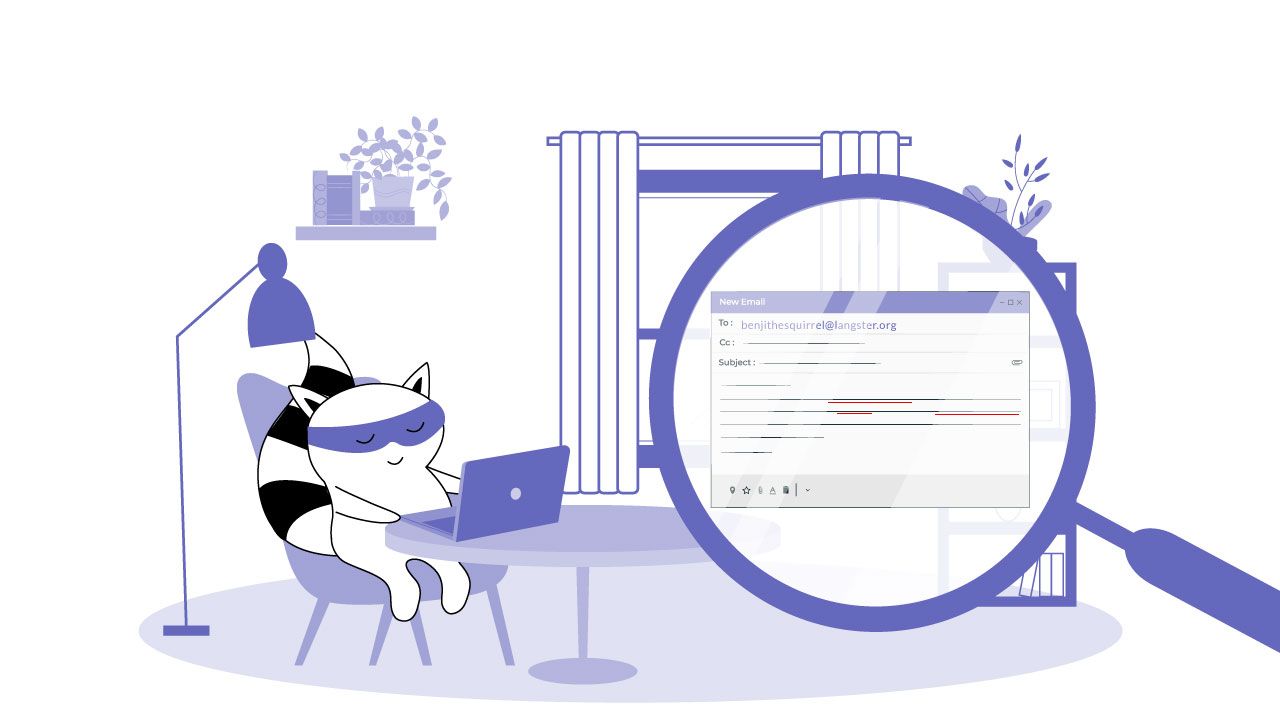
To Sum Up
We've specified the basic rules for writing both formal and informal emails in English in this blog post. Hopefully, this information will be helpful to you in informal communication and business correspondence.
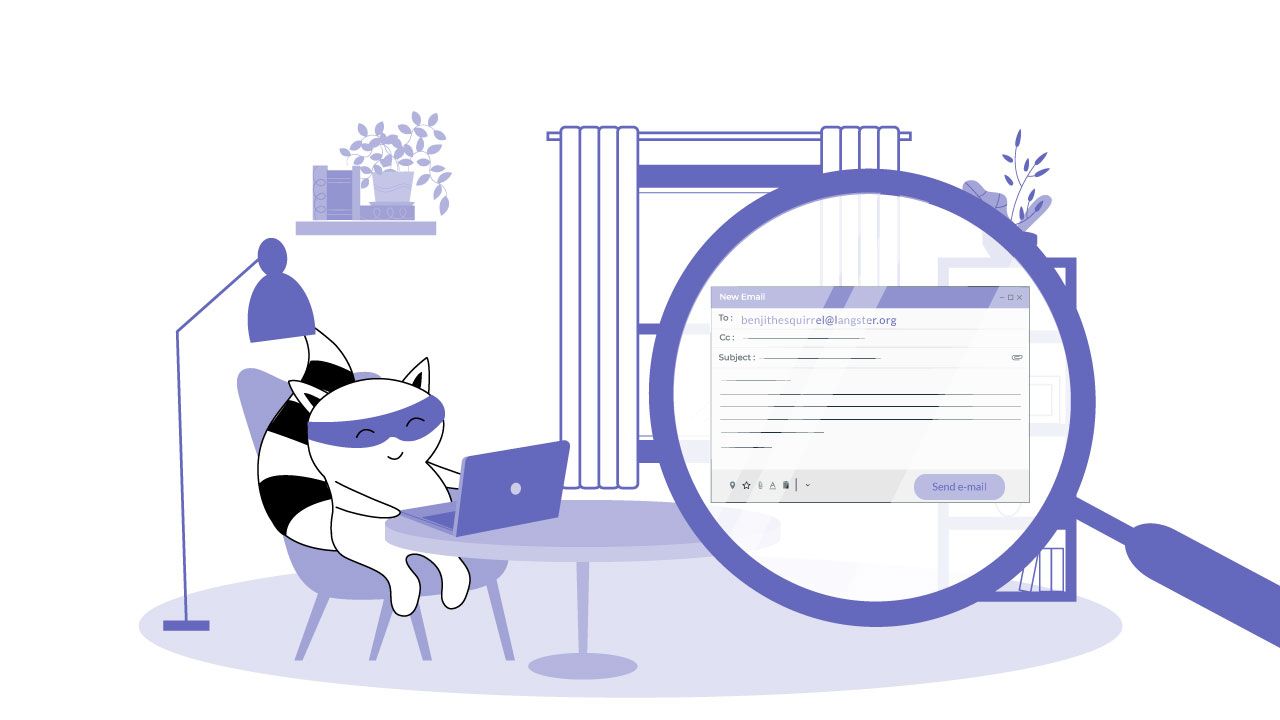
If you strive to improve your grammar and writing skills, you can find various educational materials on our Langster app. This way, you will learn how to structure sentences and get familiar with proper phrasing faster. And, most importantly, learning English will always be fun.








